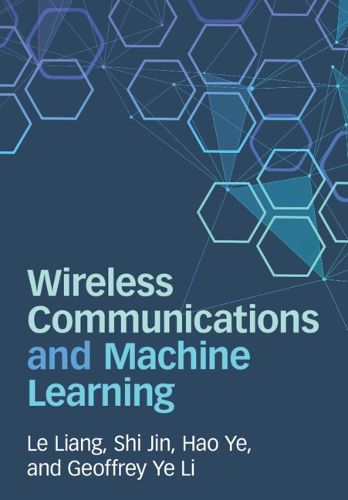Readings Newsletter
Become a Readings Member to make your shopping experience even easier.
Sign in or sign up for free!
You’re not far away from qualifying for FREE standard shipping within Australia
You’ve qualified for FREE standard shipping within Australia
The cart is loading…






This focused textbook demonstrates cutting-edge concepts at the intersection of machine learning (ML) and wireless communications, providing students with a deep and insightful understanding of this emerging field. It introduces students to a broad array of ML tools for effective wireless system design, and supports them in exploring ways in which future wireless networks can be designed to enable more effective deployment of federated and distributed learning techniques to enable AI systems. Requiring no previous knowledge of ML, this accessible introduction includes over 20 worked examples demonstrating the use of theoretical principles to address real-world challenges, and over 100 end-of-chapter exercises to cement student understanding, including hands-on computational exercises using Python. Accompanied by code supplements and solutions for instructors, this is the ideal textbook for a single-semester senior undergraduate or graduate course for students in electrical engineering, and an invaluable reference for academic researchers and professional engineers in wireless communications.
$9.00 standard shipping within Australia
FREE standard shipping within Australia for orders over $100.00
Express & International shipping calculated at checkout
This focused textbook demonstrates cutting-edge concepts at the intersection of machine learning (ML) and wireless communications, providing students with a deep and insightful understanding of this emerging field. It introduces students to a broad array of ML tools for effective wireless system design, and supports them in exploring ways in which future wireless networks can be designed to enable more effective deployment of federated and distributed learning techniques to enable AI systems. Requiring no previous knowledge of ML, this accessible introduction includes over 20 worked examples demonstrating the use of theoretical principles to address real-world challenges, and over 100 end-of-chapter exercises to cement student understanding, including hands-on computational exercises using Python. Accompanied by code supplements and solutions for instructors, this is the ideal textbook for a single-semester senior undergraduate or graduate course for students in electrical engineering, and an invaluable reference for academic researchers and professional engineers in wireless communications.